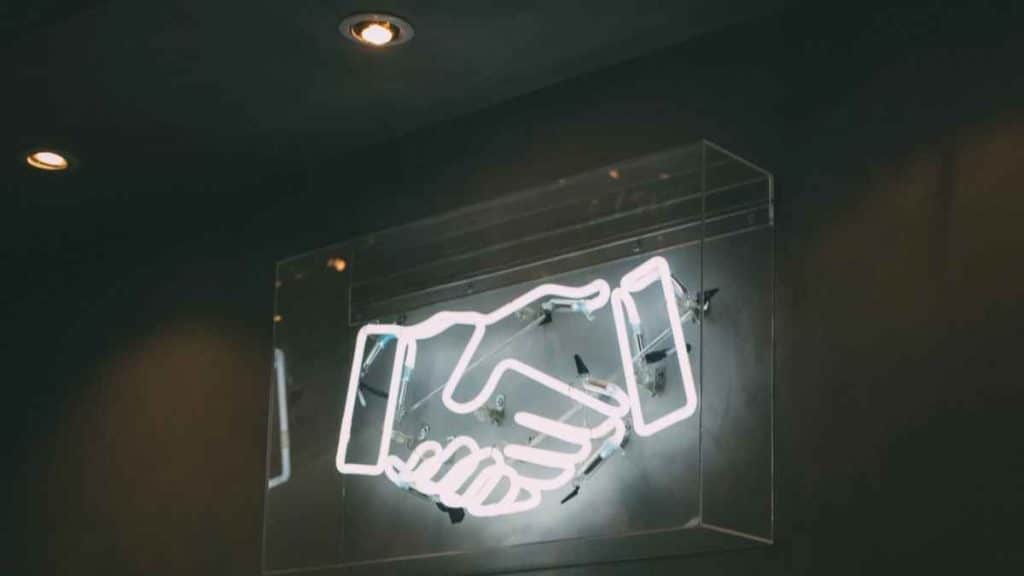The new decade has arrived with unprecedented challenges for marketers. The past couple of years has pushed brands to upend conventional methods. Choosing collaboration over competition is one such strategic method leveraged by marketers. Last year, 82% of business leaders focused on getting into tactical partnerships for sustainable revenue growth.
But what makes loyalty partnerships such an essential tool for marketers? And what constitutes a perfect loyalty partner?
There are many reasons why brands like Nike, Target, United Airlines, and Hilton Hotels bet on loyalty partnerships as a primary tactic. Loyalty partnerships present a win-win case as they offer-
- Extensive and meaningful rewards for customers
- Multiple ways to earn and burn loyalty points
- First-party data sharing between brands
- Access to new customer clusters
- Lift in KPIs like AOV, CLV, and referral rates.
Benefits are multiple, but brands must look at shared business objectives to grow their customer base when deciding the right brand to partner with. The following examples of brands uncover key aspects behind successful loyalty partnerships;
1. United & Avis
United Airlines has always put partnerships as a priority for its loyalty program. As a result, United partnered with Avis in a loyalty platform tie-up that allows members of both brands to access both reward programs seamlessly. This new partnership differentiated United from its biggest competitors Delta Airways & Southwest Airlines.
Loyalty platform members of Avis can redeem their earned points for miles on United airlines. In addition, it helps the customers of United to get discounts on car rentals through Avis’s loyalty solutions.
United MileagePlus© program and Avis offer matching of equivalent tier status for members. Additionally, United Club Infinite Card primary members can directly join the Avis President’s Club® status. This encourages members of each loyalty program to access better rewards instantly and easily.
Highlights of this loyalty partnership:
- The partnership between an airline and a car rental company is nearly perfect because of the complementary services they can offer to the same customers.
- Seamless access to both loyalty programs allows members to leverage special offers. For brands, it boosts customer engagement for extended period and provides them valuable customer data beyond the reach of their own loyalty software.
2. Dick’s Sporting Goods & Nike
Being a leading omni channel brand in the Industry, Dick’s has a good audience base. Similarly, Nike has been ever-growing in the past few years. Still, both brands decided to get into loyalty platform partnerships to capture new audience segments. With this collaboration, Dick’s Scorecard members can access exclusive Nike collections and get discounts on top products.
Nike members get consultation calls booked with Dick’s experts and coaching sessions. In addition, it allows Nike to penetrate new customer segments by letting Dick’s members test luxury collections.
Once again, the rewards program partnership between complementary products and brands proves effective. The use of mobile apps and data sharing between brands has enabled them to offer highly customized products to their customers.
Customers can drop off Nike’s returns in any Dick’s retail store. Also, the tie-up is completely digital through a website and mobile app, enabling brands to capture multi-dimensional data of customers.
Highlights of this loyalty partnership:
- Nike captured new target segments and experienced a surge in footfall during exclusive events.
- Dick’s members got increased value through partnerships with early access to Nike’s products. Without much investment, Dick’s ensured an uplift in customer experience with higher value of rewards and experiences.
3. Ulta Beauty at Target
Growing innovation in loyalty programs is necessary to match evolving customer expectations. The partnership of Ulta Beauty & Target signifies the future of reward programs. Ulta can place its products in Target stores, making it easy for customers to shop for both brands in one place.
For loyalty members to earn points, they must link their Ultamate Rewards with Target Circle before shopping. In addition, the omnichannel experience simplifies shopping from both brands, and Ulta Beauty expert training is also available for buying Ulta products inside Target’s store.
This partnership enables brands to tap into a loyal customer base of 100 million members. As the probability of selling to an existing customer is 3X & 35X higher than a new customer, this partnership gives ample opportunity for both brands to boost their revenue.
Highlight of this loyalty partnership:
- Brands upgraded the customer experience with Ulta’s beauty training in-store and seamless online rewards redemption.
Around 60-65% of strategic alliances end up failing. A certain number of factors should be tested before starting a loyalty program partnership with any brand.
- Having the same demographic audience set is essential for brands to capture the same segment of customers.
- Getting the technological infrastructure in sync is necessary to ensure smooth data collection, analytics, and sharing.
- Setting clear goals that ensure an uplift in customer experience
- Setting up reporting methodology and tracking key KPIs to check growth.
Loyalty partnerships can push “good” customer experience to “great.” The collaborative approach makes marketers think holistically and beyond brand boundaries. The new touchpoints allow brands to capture data revealing more about customer behavior, letting marketers understand customers deeply.
The partnerships can be as simple as Hilton & Lyft and as integrated as Ulta & Target. But the goals should be to co-create the value that attracts the right customers and prove the collaboration worthy.


